See what's cooking in Julia Child's kitchen at new Minnesota museum exhibit
Published in Lifestyles
ST. PAUL, Minn. — A recipe is much more than ingredients and instructions. It can impart a hidden history, provide tethers to forgotten tables, ignite curiosity and the thrill of creating something so delicious it must be shared.
There are the titans of recipe writing, and then there are the quiet names of those (mostly women) who used recipes to shore up their communities and extend the knowledge built inside their home kitchens. And both are on display at two new Minnesota History Center exhibits — "Julia Child: A Recipe for Life" and “Minnesota Cooks: Small Bites from the Collections” — opening Sept. 27.
The exhibits, two years in the making, celebrate and examine Julia Child’s legacy and the wealth of culinary history found in Minnesota.
“We knew with our great Twin Cities food scene and our fantastic cookbook collection this was something that would really interest our audience,” said Annie Johnson, the museum’s manager.
The trucks carrying the traveling exhibit arrived a week ago, with crews setting up vintage TVs, a recreation of Child’s television studio kitchen and a blue pegboard adorned with culinary tools, similar to the one that famously hung in Julia’s home kitchen.
Inside the exhibit’s entrance, visitors are are greeted with a towering picture of Julia and Paul Child on a 1970 visit to the Twin Cities, where they chatted with Minneapolis Tribune food columnist Mary Hart while promoting Child’s television show, “The French Chef.”
“Years after her passing, her shows are still on TPT and PBS every weekend,” Johnson said, strolling past rare photos of Julia’s childhood in California, detailing her enthusiasm for the outdoors and the challenging relationship with her father’s opposing political views. Child dreamed of being a novelist, but it was years before she created her written masterpiece.
There are artifacts from her years with the Office of Strategic Services intelligence agency during World War II. It was then that she would not only develop a recipe for shark repellent, but also meet the great love of her life, Paul Child.
The two went from friends with mutual admiration to love and appreciation for the other’s sense of humor. They would relocate to Paris in 1948 for Paul’s job with the American Embassy; their first meal in France would change everything.
The exhibit re-creates the moment with a table, set like dinner at La Couronne in Rouen, France. The sounds of service, including a waiter’s voice, play overhead as each course is projected onto white plates: oysters, baguette, salad and sole méringue. This buttery spark of passion and curiosity would send Julia to culinary school and inspire her with a deep desire to take what she learned and share it with home cooks.
“The restaurant is still there,” said Johnson.
Further inside the interactive exhibit are French copper pots displayed alongside some of her signature recipes. Lifting the lid reveals aromas like coq au vin, redolent with pork fat, mushrooms and red wine.
A TV studio recreation is steps away from a stack of cathode ray tube TVs, blinking images from the era when “The French Chef With Julia Child” debuted; the chef was 51.
“She famously dropped things, but you know what? She just had to run with it, with good humor,” Johnson said.
At the center of all of these moments — and the exhibit — is Child’s seminal cookbook. “Mastering the Art of French Cooking” was a beast to create and initially a struggle to publish, but it would become a standard culinary manual with copies stocked in the homes of American cooks, often marred with food smudges, dog-eared pages and bookmarked aspirations.
“If you’re going to name the most important cookbooks in America, you have ‘Mastering the Art of French Cooking’ and right up there is the ‘Betty Crocker Cookbook,’” Johnson said.
Those are the bold names of history’s cookbook collection. But for every Julia and Betty, there are the women in auxiliary clubs, church basements and homes who published their pride, knowledge, hard-won experience and delicious discoveries in plastic spiral-bound treasures.
Kate Roberts, senior exhibit developer, had the enviable task of poring through the Minnesota Historical Society’s extensive cookbook collection to select the five dozen showcased in the “Minnesota Cooks” part of the display.
“We had to really ask ourselves which ones best express the cultural history of the state? Which ones elaborate something about the people who made and used the cookbooks,” she said.
Showcased are notable recipes and people like Barbara Jo Davis, a home economist who was one of the real-life women behind the fictional Betty Crocker as she developed products for General Mills. There’s a sushi recipe from “Japanese Food Recipes,” published in 1939 by Ruth Tanbara, who relocated to Minneapolis during World War II, when many Japanese Americans were facing internment. Tanbara earned a master’s degree in home economics and spent the rest of her life creating cultural connections between Minnesota and Japan. The oldest book in the collection dates back to 1873, from Westminster Presbyterian Church.
“Publishing recipes in cookbooks was a sphere women could move into publicly, getting their names out to raise money, at a time when women weren’t as much in the public,” Roberts said.
That includes Beatty Zimmerman Rutman, whose recipe for fudge bars was a calling card long before her son would set off into the world from the Iron Range and change his name to Bob Dylan.
“You don’t need to be a chef to appreciate this exhibit,” said Roberts. “Cooking is about individual people expressing themselves. Everybody connects to you through food.”
____
What: "Julia Child: a Recipe for Life" and “Minnesota Cooks: Small Bites from the Collections”
Where: Sept. 27-May 31 at Minnesota History Center, 345 W. Kellogg Blvd., St. Paul, mnhs.org/historycenter
Tickets: $15 for adults, $12 for seniors, college students and military; $8 kids 5-17. Available online or at the History Center.
©2025 The Minnesota Star Tribune. Visit at startribune.com. Distributed by Tribune Content Agency, LLC.

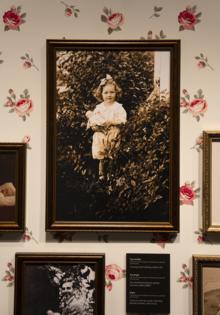
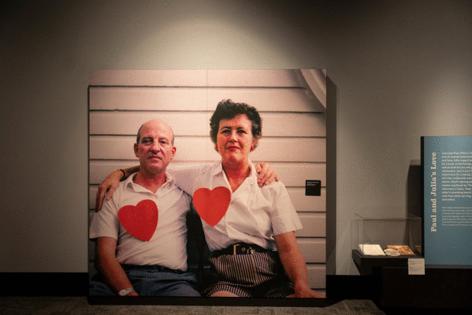





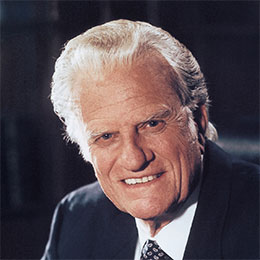




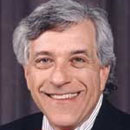

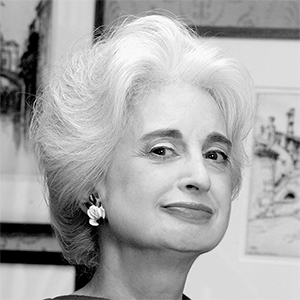





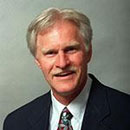







Comments